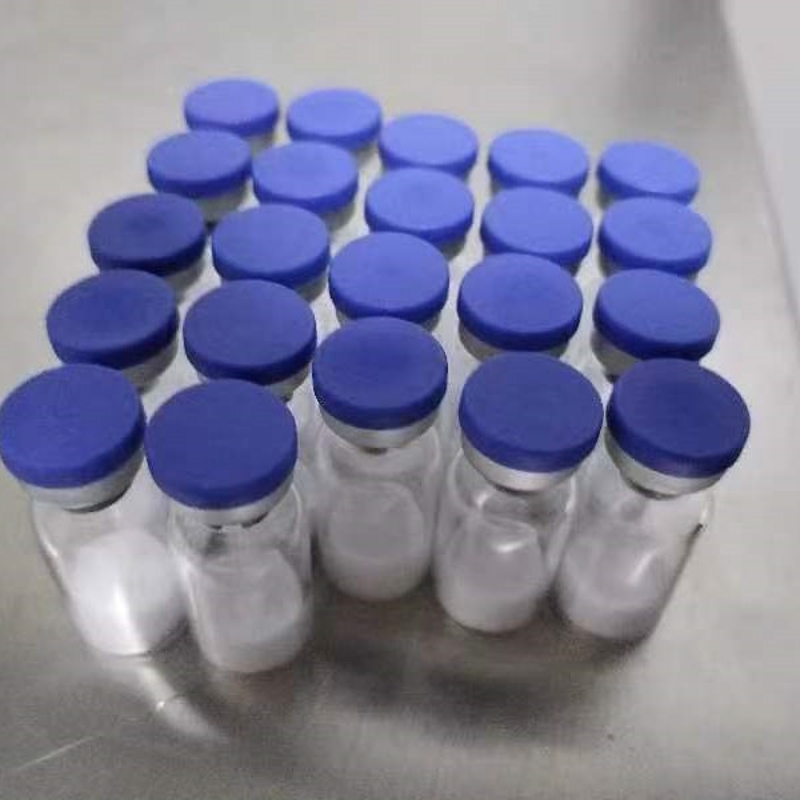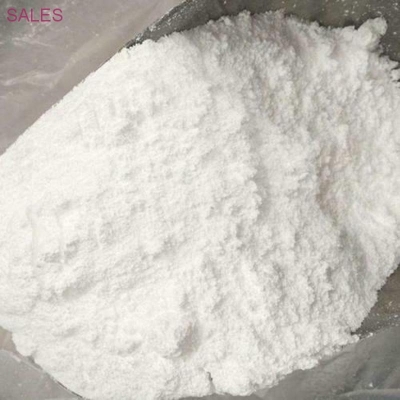Rao Zihe and his team have applied for clinical application of new drugs for HFMD
-
Last Update: 2014-03-14
-
Source: Internet
-
Author: User
Search more information of high quality chemicals, good prices and reliable suppliers, visit
www.echemi.com
Two years ago, Rao Zihe and his team developed the structure of HFMD virus, and found that the virus has two structures: hollow and solid The hollow virus with more than 90 holes on its surface is responsible for producing and releasing virus genes, and the solid virus is responsible for binding with human cells If the formation of holes can be prevented, the virus can be contained from the source Based on this, the team designed a specific drug against the virus At present, the research is still in the early stage, and there is still a long way to go before the new drugs go on the market Rao Zihe and academician nature published new results of virus research An international research team composed of scientists from Institute of Biophysics, Chinese Academy of Sciences and Oxford University successfully developed a new compound Preliminary data show that it can prevent some viruses from infecting human body The new inhibitor targets a group of viruses that cause HFMD, especially EV71 This group of viruses has led to a pandemic of childhood diseases in Asia, with about 10 million cases reported annually in China alone Although the symptoms are usually mild, in some cases the disease is fatal - the Chinese government reported more than 900 deaths in 2012 The disease is currently incurable and has become an important threat to global public health New research may also have an important impact on resistance to other diseases HFMD is caused by several closely related viruses, and the new compounds can effectively fight against all these viruses In addition, other widely spread viruses, including poliovirus, are closely related to many viruses that cause the common cold, all of which belong to the same enterovirus genus The findings were published in the February 9 issue of nature structural and molecular biology Zihe Rao, academician of the Institute of Biophysics, Chinese Academy of Sciences, and Dave Stuart, director of structural biology, Department of Nuffield medicine, Oxford University, are co authors of this paper "It should be possible to design similar therapies to target a structural feature found in a related virus," Stuart said In this area, I know of a company that has made some progress in targeting the major common cold viruses Our work is still at an early stage, but we are working with Chinese academic groups to promote this inhibitor " The new drug therapy, established using cutting-edge technology, has so far only been tested in isolated cells Structure based drug design refers to the specific design of drug therapy for a disease; it operates in three stages First, the structure of the pathogen must be unravelled Second, scientists must determine the correlation between structure and pathogen function Finally, they were able to develop a way to interact with this structure, thereby disabling the pathogen In 2012, the diamond light source Institute in Oxfordshire, UK, first solved the structure of EV71 Later, scientists used a giant microscope to determine how the virus changed shape and entered the host Enteroviruses are part of a large family of viruses called picornaviruses These viruses have outer capsid, once entering the host cell, the outer capsid will decompose and release virus RNA into the cell The team found that a very powerful molecule can destroy the capsid decomposition mechanism of the virus, thus preventing the virus from infecting the host The Chinese British team developed the new method using diamond's two beam lines i03 and I24 When they determined the structure of the virus in 2012, the team saw a small pocket inside the virus where drugs might be able to enter They have now developed a potential drug molecule that can enter this pocket, where it locks in the virus and prevents its capsid from breaking down and releasing viral RNA The study is still in its early stages, and there is a long way to go before the drug goes on the market It should also be noted that the virus can evolve very rapidly, and it is possible that some EV71 variants can overcome this inhibitor But some of the early data are promising, and now that the methodology is in hand, scientists may be able to develop inhibitors against viral variants It took less than two years from the initial discovery of the structure of the virus to the realization of the drug development This speed shows the great potential of structure-based drug design and the extraordinary ability of scientists to deal with disease resistance Academician Rao Zihe, male, Han nationality, native place: Wuxi City, Jiangsu Province, born in September 1950 in Nanjing City, Jiangsu Province, joined the Communist Party of China in June 2001, graduated from the University of science and technology of China in 1977, with a Ph.D in Biophysics from the Department of Biochemistry, University of Melbourne, Australia Professor, doctoral supervisor, academician of the Chinese Academy of Sciences, and academician of the Third World Academy of Sciences Chinese molecular biophysics and structural biologist At present, he is the president of Tianjin International Biomedical Research Institute Member of the Standing Committee of the Chinese Association for science and technology, vice chairman and member of the Party group of the 12th CPPCC Tianjin Municipal Committee, deputy to the 11th Tianjin Municipal People's Congress, executive director and chairman of the Council of the International Union for pure and Applied Biophysics (IUPAB), director of the Institute of Biophysics and Academic Committee of the Chinese Academy of Sciences, director of the National Key Laboratory of biomacromolecules, China President of Biophysical Society, director of the fourth Tan Jiazhen Award Committee Member of the national "973" expert advisory group, convener of the national major scientific research plan "protein plan", member of the national "major new drug creation" science and technology major special expert group, the Ministry of education "distinguished professor of Yangtze River scholars", Professor of Tsinghua University, professor and President of Nankai University, etc.
This article is an English version of an article which is originally in the Chinese language on echemi.com and is provided for information purposes only.
This website makes no representation or warranty of any kind, either expressed or implied, as to the accuracy, completeness ownership or reliability of
the article or any translations thereof. If you have any concerns or complaints relating to the article, please send an email, providing a detailed
description of the concern or complaint, to
service@echemi.com. A staff member will contact you within 5 working days. Once verified, infringing content
will be removed immediately.







